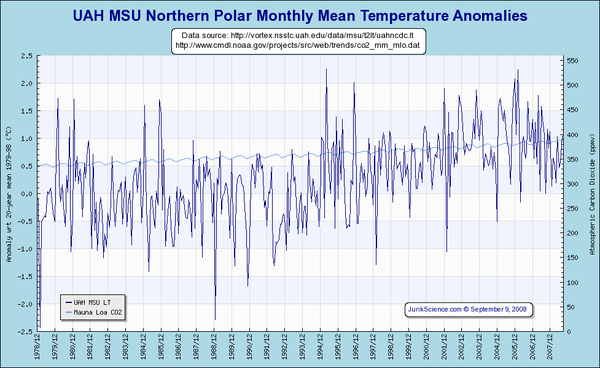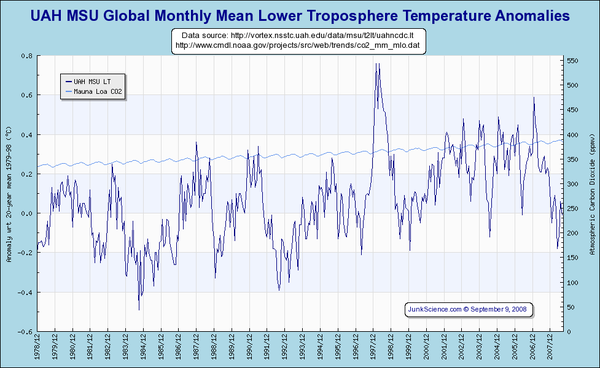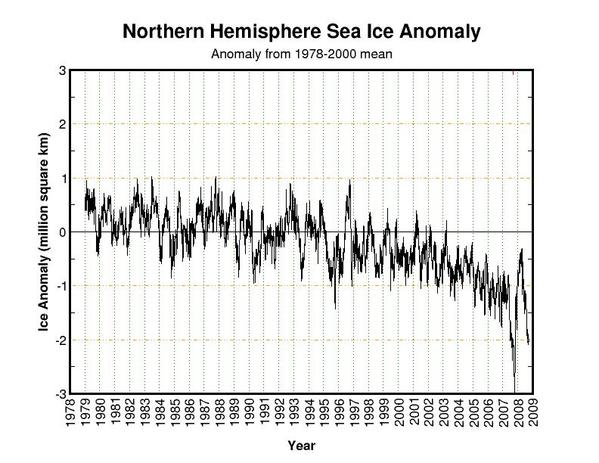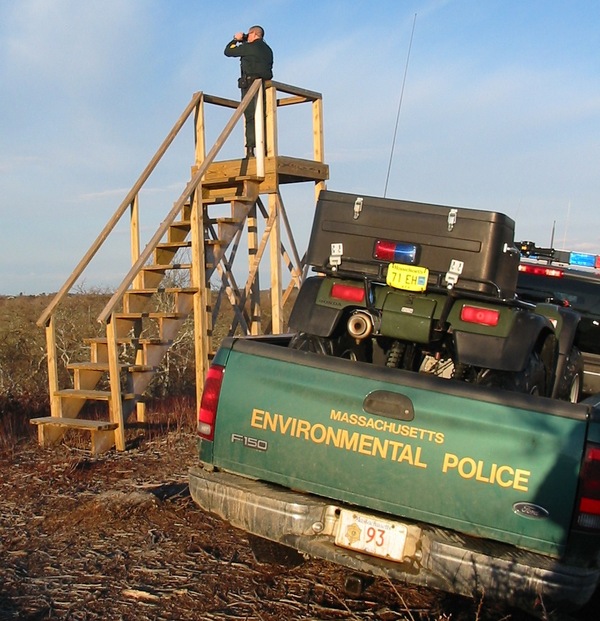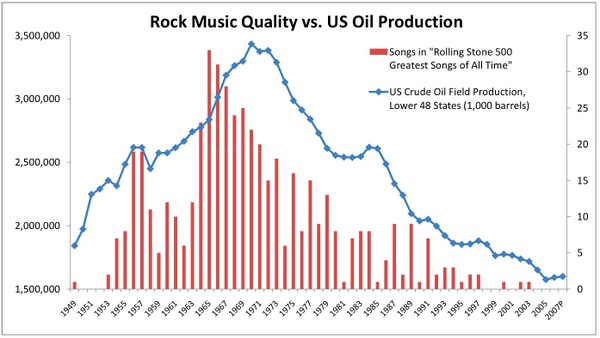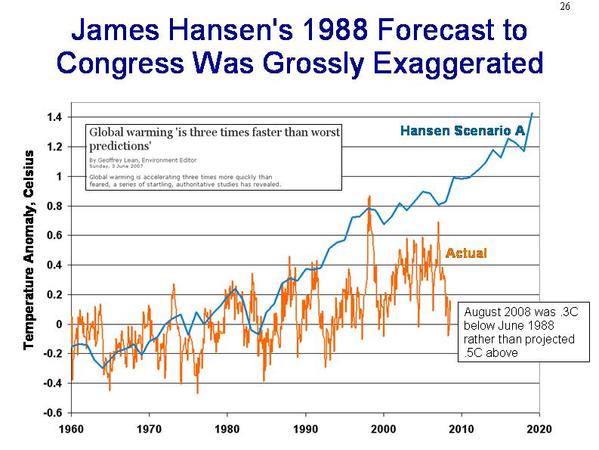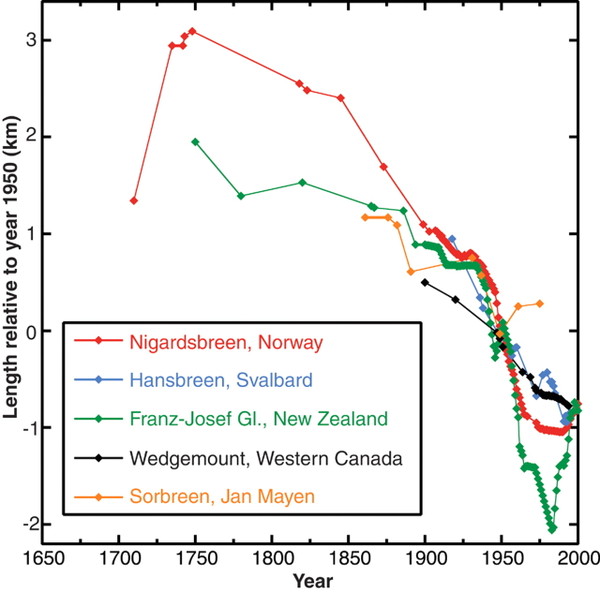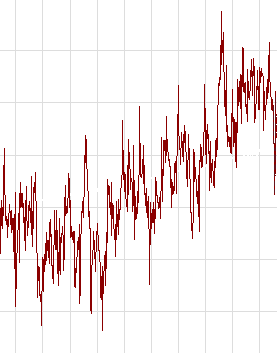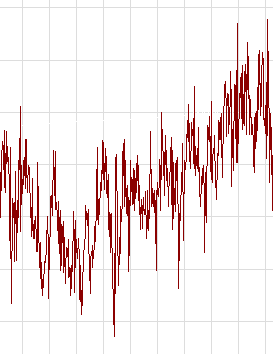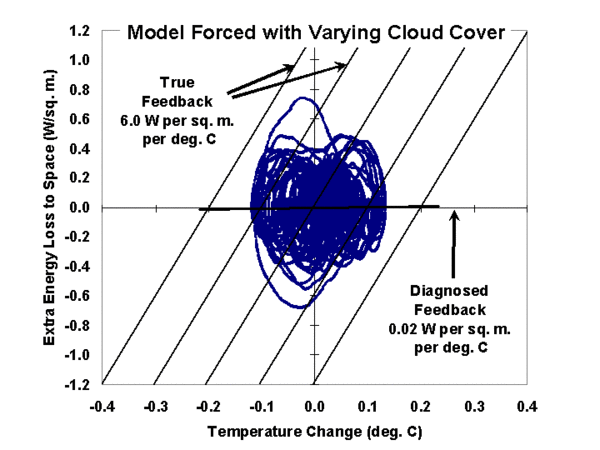I am still reading the new Douglas and Christy paper, so I won’t comment on it yet, but you can see Anthony Watts thoughts here.
However, in reading Anthony’s site this morning, I was struck by a quote in another one of his posts. For a while, I have been telling folks that the main argument behind anthropogenic global warming is "we have looked at everything else, and we can’t think of what else it could be other than man." Lacking positive correlation between CO2 and major shifts in temperature (particularly when ice core evidence collapsed under the weight of the 800 year lag), scientists instead argue that they have gone through a long checklist (sun, clouds, volcanoes, etc) and have convinced themselves none of these others have caused late 20th century warming, so it must be man — that’s all that is left.
Here is an example, from Anthony’s site:
Bill Chameides, dean of Duke University’s Nicholas School of the Environment and Earth Sciences, said Spencer’s arguments are what magicians call “ignoratio elenchi” or logical fallacy.”We’ve looked at every possible form of heat, including clouds, and the only source of heat is greenhouse gases,” he said, adding it’s insulting that Spencer would suggest scientists are paid to come to this conclusion. “Scientists make their reputation on debunking theories.”
Well, a number of folks would beg to differ that scientists have truly eliminated every other possible cause, particularly Mr. Sun (more than really eliminating these effects, they seem to be seeking excuses to ignore them). In fact, climate models of late have admitted that they don’t even include the Pacific Decadal Osculation in their models, or didn’t until recently. So much for thinking of everything.
But if Mr. Chameides wants to talk in terms of logical fallacies, I will as well: Just because scientists cannot image another cause does not mean that another cause does not exist. Can you imagine the first astrophysicists to discover pulsars to say "well, we can’t think of anything else that would cause this phenomenon, so it must be space aliens." Well, come to think of it, some people did say that. But it turned out to be absurd, and after some decades of effort, we think we now understand pulsars. But it is a bizarre form of arrogance to assume that it is not possible in our current degree of climate knowledge that there is some factor we don’t even know about.
Long Postscript: I am working on a powerpoint presentation for next week on anthropogenic global warming, but here are two charts from that presentation that get at the "we can’t think of anything other than man that might be causing late 20th century warming." The first is the correlation between 20th century temperature and the PDO cycle (temperature numbers are Hadley CRUT3 and UAH combined as described here). By the way, there seems to be some argument over exactly where and how often to call the turns in the PDO early in the 20th century — I have used one frequent estimate but others exist.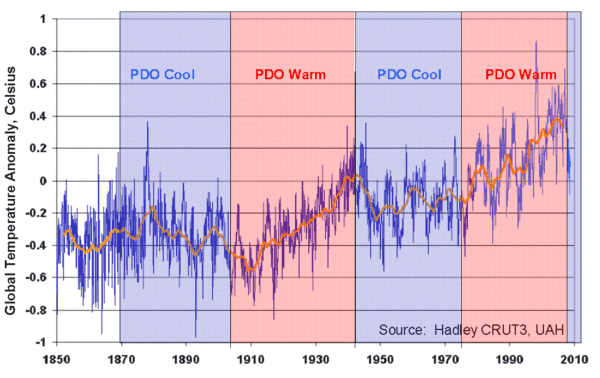
The second interesting analysis is a sunspot number chart. To highlight recent increases in activity, I have overlaid on the monthly International sunspot numbers (light blue) a 9.8 year moving average (in black) of sunspot numbers (9.8 selected as an average cycle length). In the chart below, selection of the 50 average sunspot number as a reference value is arbitrary, but serves to visually demonstrate the increase in solar activity over the last 50 years.
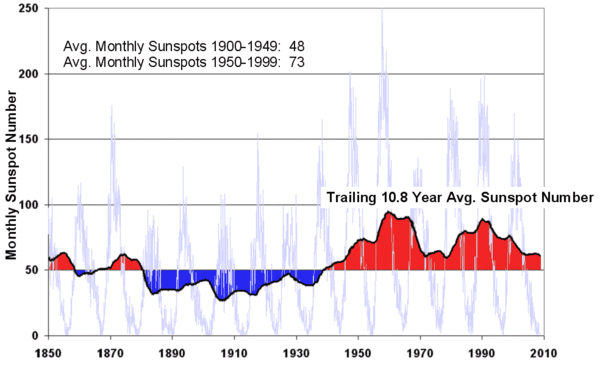
The average monthly sunspot number from 1900-1949 was 48. The average monthly number from 1950-1999 was 73.1, an increase of 52%.
Some of this increase is real, but some may be a measurement bias related to the ability to better detect smaller spots. Anyone have any sources on how large this latter effect might be? We are talking about an enormous percentage increase in the last half of the century, so my guess is that it is not all due to this bias.


